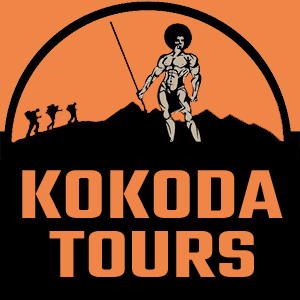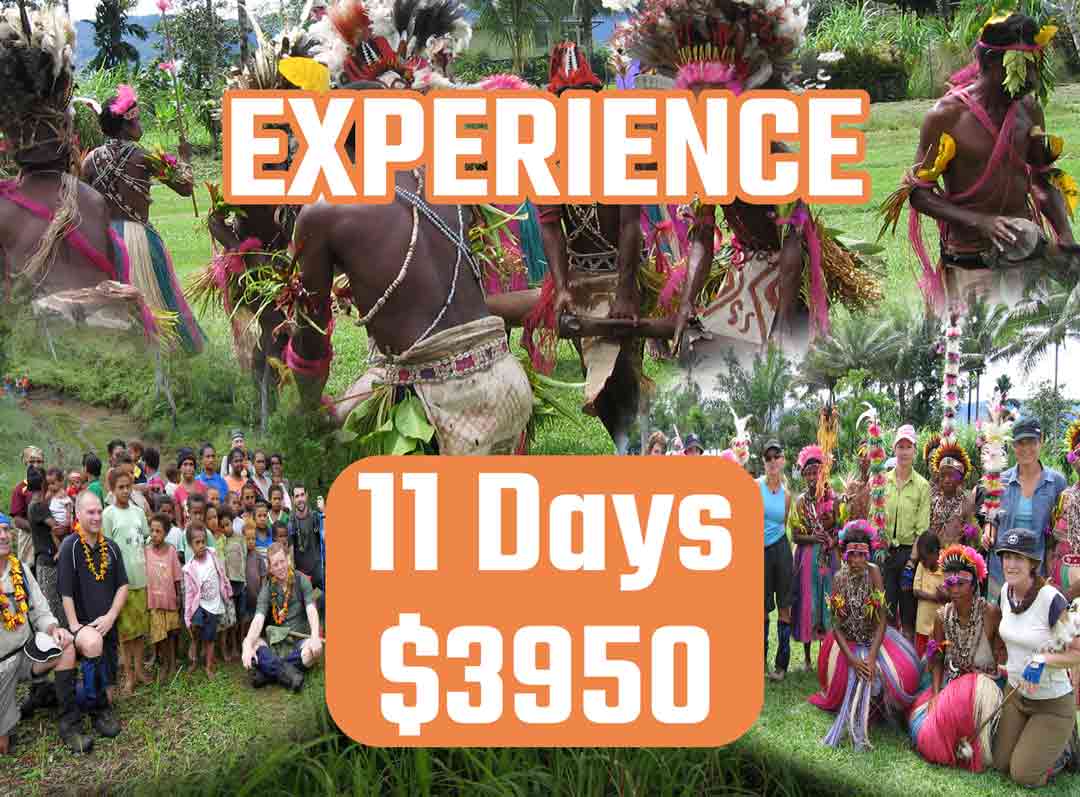Trekking the Kokoda Trail: Elevation Guide for an Australian Adventure
Introduction
The Kokoda Track, located in Papua New Guinea, holds a special place in the hearts of Australians. This challenging trek spans 96 kilometres through the rugged terrain of the Owen Stanley Range, retracing the footsteps of the Australian forces during the Kokoda Track Campaign of 1942. In this guide, we’ll delve into the elevation at different points along the trail, providing trekkers with valuable insights for an unforgettable journey. Some of the elevations along the track include:
- Village of Kokoda: Approximately 370 meters
- Owers Corner: Approximately 600 meters.
- Efogi 2 Village: Around 1233 meters.
- Isurava: Approximately 1,100 meters.
- Menari (River Crossings): Varies, with an average elevation of 1,200 meters
- Popondetta (Descending): Drops to around 300 meters.
- Mount Bellamy: Approximately 2186 meters.
Owers Corner: The Beginning of the Adventure
Your Kokoda trek begins at Owers Corner, just outside Port Moresby. This is where the trail officially starts, and trekkers set their sights on completing the 96-kilometer journey. At this point, you’re at an elevation of approximately 600 meters.
Through the Koiari Village
As you venture along the Kokoda Track, you’ll pass through the Koiari village, experiencing the warm hospitality of the local Papua New Guineans. The elevation gradually increases as you make your way, reaching around 800 meters.
Climbing Towards Isurava
Isurava, a significant site along the trail, witnessed fierce battles during the Kokoda Campaign. The elevation here rises to approximately 1,100 meters, offering stunning views of the surrounding Owen Stanley Range.
Menari: River Crossings and Changing Elevations
One of the highlights of the trek is navigating through river crossings near Menari. These crossings vary in elevation, adding a dynamic element to the journey. The elevation at Menari itself is around 1,200 meters.
Across the Owen Stanley Range
As you continue along the trail, the elevation fluctuates, reaching peaks of around 1,500 meters as you cross the Owen Stanley Range. This challenging section provides trekkers with a sense of accomplishment and awe-inspiring views.
Descending to Kokoda Village
The descent towards Kokoda Village sees a change in scenery and climate. The elevation drops to around 373 meters as you move through diverse landscapes, from mountainous terrain to the lush lowlands.
Tips for Trekkers
Best Time to Trek
The Kokoda Track is best tackled during the dry season from April to October. This period offers milder temperatures, making the trek more enjoyable compared to the hot and humid conditions during the wet season.
Duration and Pace
Completing the Kokoda Track usually takes between four and twelve days, depending on your chosen route and pace. Take your time to immerse yourself in the history and natural beauty along the way.
Respect for Villages
Show respect to the villages along the track by engaging with the local communities responsibly. Learn about their culture, and remember that you are a guest in their homeland.
Conclusion
Trekking the Kokoda Trail is a journey of historical significance and personal challenge. The elevation gains and losses, coupled with the diverse landscapes, make it a truly unique experience. As you venture through villages, river crossings, and historical sites, you’ll gain a deeper appreciation for the sacrifices made by Australian forces during the Kokoda Campaign. Prepare for an adventure that will not only test your physical endurance but also leave you with lasting memories of the rugged beauty of Papua New Guinea’s Kokoda Track.




